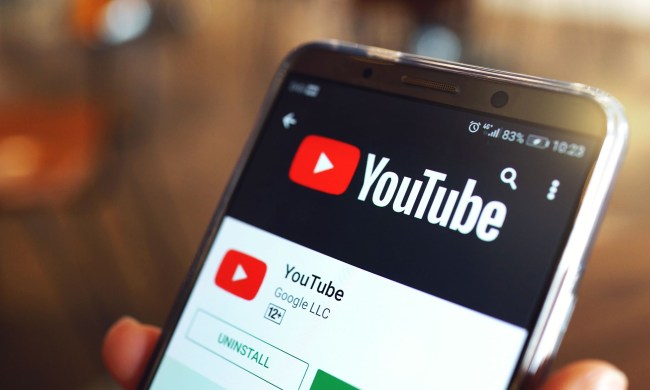After YouTube was criticized for allowing a conspiracy theory video on the Florida shootings to appear in the trending section, the video platform has decided to begin helping users navigate videos to determine which are trustworthy — by using Wikipedia articles. During a presentation at South by Southwest Interactive, an event in Austin, Texas, on Tuesday, March 13, YouTube CEO Susan Wojcicki shared a feature that will be coming to the platform in the next few weeks.
Wojcicki said that the platform will use a list of known conspiracy theories that already exists on Wikipedia. Videos relating to topics on that list will have a link to more information about the event or theory. For example, a video questioning the moon landing would have a link to a Wikipedia page on the moon landing.
The CEO said that in the future, additional link sources could be added, but for the feature’s launch, Wikipedia is going to be that source. Wikipedia is a crowd-sourced information portal, often deemed unreliable in academic circles because that same crowdsourcing process can lead the site to include incorrect information. Others support the platform based on the idea that allowing edits from anyone can prevent the articles from being written solely by one side.
Wojcicki also suggested that the list of known conspiracy theories could also be added to in the future. The Wikipedia list includes theories from vaccine-related issues to a flat earth, but doesn’t currently include theories related to current events. Without current events on the list, it’s unclear if the link would appear on something like the trending “crisis actor” Parkland video without YouTube expanding that Wikipedia list. While the since-debunked video claiming that a Parkland shooting witness was a paid actor is the latest example, YouTube also faced similar criticism last year for conspiracy theory videos following the shooting on the Las Vegas strip.
Adding the related links is just one of several changes YouTube has implemented recently along with tighter advertising guidelines.
Along with the “information cues,” Wojcicki also discussed changes to help make the comments section safer, according to Engadget. Another test aims for more interaction by using the comments to suggest the best parts of the video for new viewers tuning in. She also addressed some myths involving YouTube itself, saying that the platform will remain free and that even as other social networks prioritize video, YouTube’s tier of the highest earning creators has actually grown.


